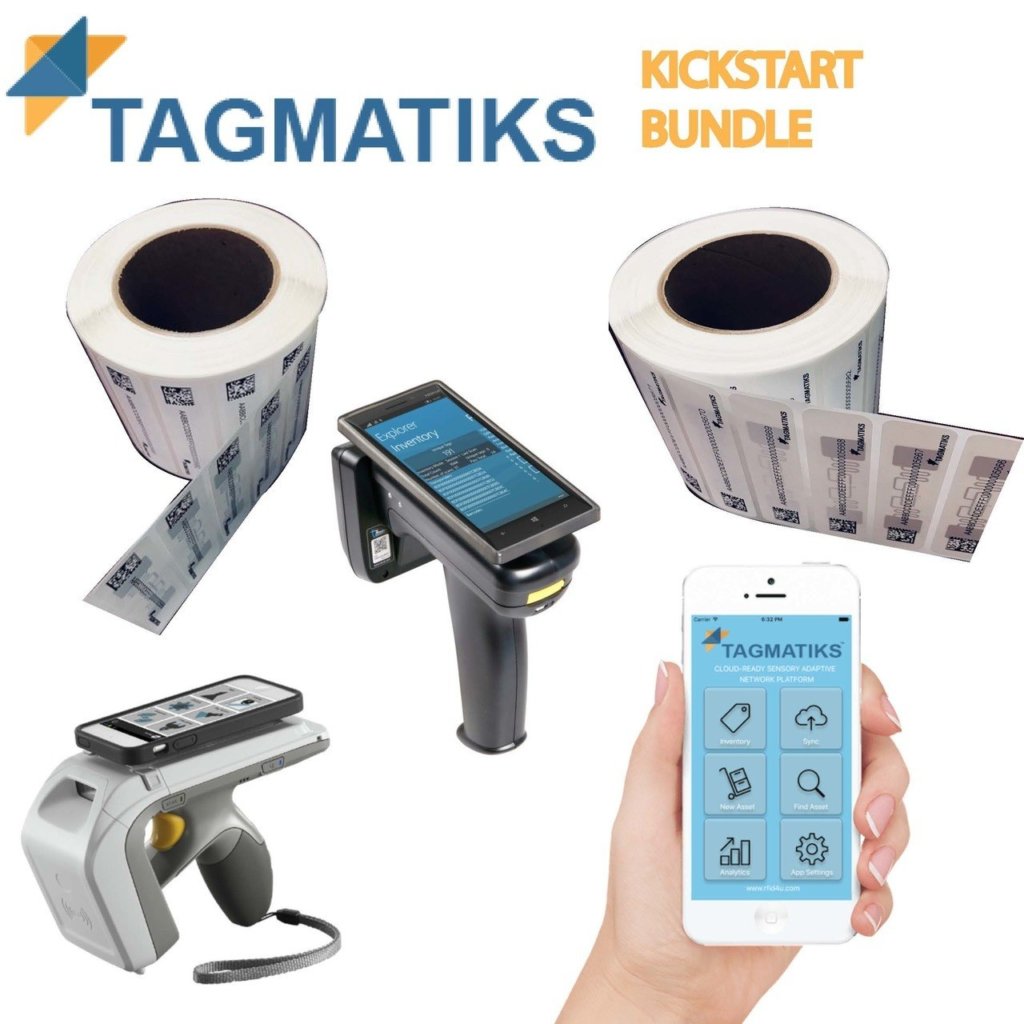
1. RFID IS A SINGLE TECHNOLOGY.
RFID is actually a bundle of technologies—not just one. As the acronym for RFID (Radio Frequency Identification) calls out, the technology relies upon Radio Frequency for the identification, or presence, of items, goods or assets. Due to RF principles, adoption of technology/ government standards as well as performance, various frequency bands of RFID have taken off including:
- Low Frequency (LF) RFID
- High Frequency (HF) RFID
- Ultra High Frequency (RFID) / RAIN RFID
- Very High Frequency (VHF) RFID
- Ultra Wide Band (UWB) RFID
Each of these technologies has vetted out use cases, standards and protocols. To learn more about this, visit the RFID4U Basics & Resources Module.
2. RFID IS EXPENSIVE TO PILOT / TRY OUT.
The benefits of adopting RFID are indisputable; however, the challenge most organizations face is deciding what’s the most cost effective way to pilot RFID technology. When evaluating RFID, or any other technology, there’s a few things enterprises need to keep into consideration including:
- Hardware selection (RFID Tags, Readers & Antennas)
- Software selection (RFID Business Applications, RFID Middleware & Integration)
- Business Process Management
To facilitate the jumpstarting pilot process of any RFID initiate, we’ve created a kick-start bundle which includes an RFID handheld of your choice, RFID tags as well as 30 day trial access to an enterprise grade RFID software application(TagMatiks). The bundle also includes the ability to add additional varieties of RFID tags and readers.

3. RFID IS NEWER THAN BARCODE
Surprisingly, RFID is actually an older technology than Barcode. RFID was first used in World War II by various countries; while the first patent for barcode was filed only in 1949.
4. RFID DATA IS DIFFICULT TO MANAGE AND INTEGRATE.
RFID has the ability to easily and quickly capture data that may be very difficult and expensive to do otherwise. Once this valuable data is collected, it’s important to be able to bring this data back to core business systems such as an ERP, WMS or MES.
TagMatiks Core , RFID4U’s RFID Middleware, provides the ability to quickly integrate RFID data using APIs (both REST & SOAP), databases endpoints (MS SQL, Oracle DB, IBM DB2, MySQL, PostgreSQL, etc.) or simply in flat file like CSV or Text. In addition to the ease of data integration, the solution also provides the ability to filter, aggregate and massage data to a desired format. This includes the ability to automatically parse GS1’s Tag Data Standards for RFID. (Learn more on RFID Standards)
5. RFID IS JUST ABOUT “IDS”
RFID is much more than just “identification” of items or assets. With the emergence of IoT, RFID technology is being used for numerous use cases above and beyond simply capturing presence. A few use cases include:
- Capturing sensor data (Temperature, Humidity, GPS, Movement) with specially designed tags and leveraging RFID as a data medium.
- Hazardous Area Assets – Capture data from assets in hazardous areas reducing human need to come in direct contact with the assets.
- User Engagement – Increase User Interaction such as NFC based marketing campaigns.
- Brand protection – Use RFID for brand protection against counterfeit goods.